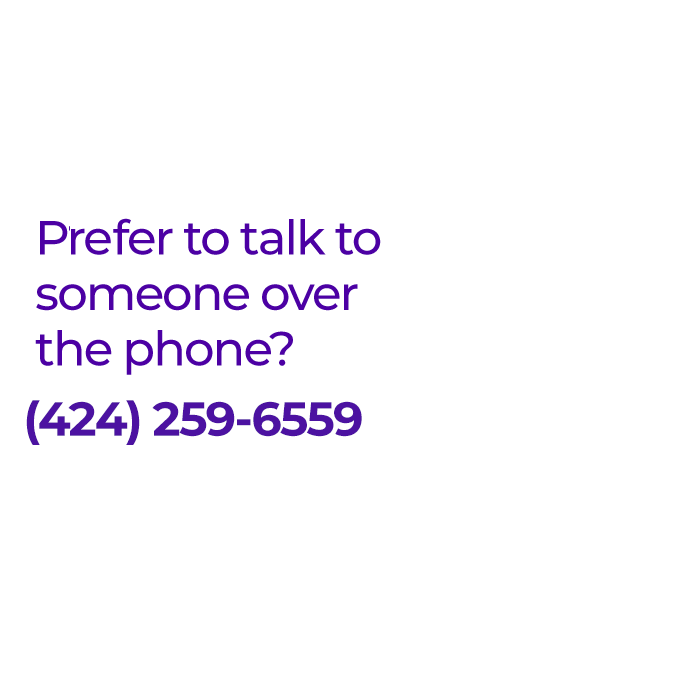This month, the 2020 Annual Meeting of the American Academy of Otolaryngology – Head and Neck Surgery was entirely virtual, continuing the pattern followed by other medical conferences and courses. I have written previously about our expanded use of telemedicine and the development of new online educational programs, but this is an existing major medical conference that has been moved to a virtual event by the SARS-CoV-2 pandemic. With Nico de Vries from Amsterdam and Winfried Hohenhorst from Essen, Germany, we held our annual course on drug-induced sleep endoscopy, and I also pre-recorded a course on Tongue Region surgery, including hypoglossal nerve stimulation.
There are clear advantages and disadvantages of holding courses and conferences in a virtual rather than in-person format, aside from the obvious current issues related to the pandemic. The clearest disadvantage is that attendees lose the opportunities to interact with colleagues and speakers, engaging in informal discussions outside the specific times for the sessions. Today’s world (even before the pandemic) includes so much electronic, rapid communication at the expense of personal interactions, so we have good reason to protect the rare chances to see colleagues, especially long-time friends.
At the same time, the advantages to attendees are substantial. Aside from the pandemic-related risks, virtual events avoid the time and expense of travel for in-person meetings and the lost time not only from work but also, more importantly, from activities with family and friends. In the past, attendance at this one meeting generally required 4-5 days away from home. For me personally, now that I have young children, this was a non-trivial commitment, albeit one I was happy to make for this conference. (A side note is that I have stopped attending a number of meetings because of limitations on time away from family and work.) I strongly believe that “attendance” at virtual conferences will grow, specifically because of greater access and reduced expenses (in time and money) associated with attendance.
In addition, the virtual content for the AAO-HNSF Annual Meeting has been recorded, whether during the live events or in those that are pre-recorded. While sessions have been recorded for a few years, I believe that more attention has been devoted to recording all meeting events and to the quality of the recording, making the recordings a better presentation of the session. In addition, while in the past I would have had to watch a session I missed, often weeks later, now I will expect to watch multiple sessions online (so I will be mentally prepared to do so) and can view these sessions more efficiently and with a flexible schedule.
In short, I expect that many more conferences and courses will be virtual in the years ahead, long after we may pass through the current pandemic. In the months ahead, I will be speaking at virtual conferences held by Massachusetts Eye and Ear in October and the for the California Sleep Society and Virginia Mason in November. I will be interested to see how these organizations feel and what the feedback from attendees is from all of these meetings.




2 + 6 =